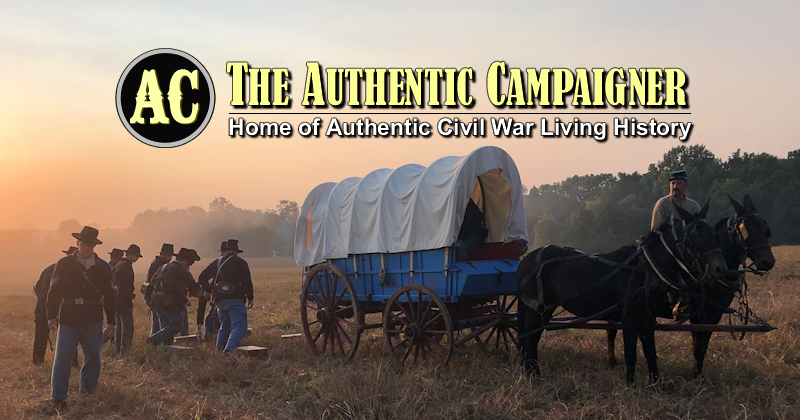I'm not an artilleryman, and I've only been on a gun two or three times, so I really know nothing about it. I am doing research on LaGrange Military Academy, trying to better understand the unit that I portray, and I ran across all of the manuals they used, which included "Anderson's Artillery". Digging into that a little further, I found it was referring to "Instructions for Field Artillery; Horse and Foot" (1839) written by then Captain Robert Anderson.
My question is this; how common would this particular artillery drill be in the Western Theater of the War? In addition; if the common manual for artillery used in the War is different, how different is it?
My question is this; how common would this particular artillery drill be in the Western Theater of the War? In addition; if the common manual for artillery used in the War is different, how different is it?





Comment